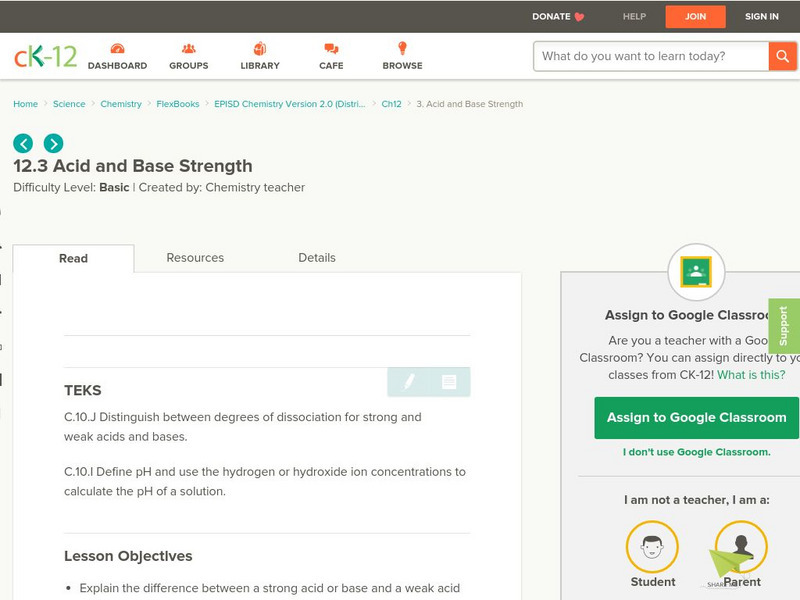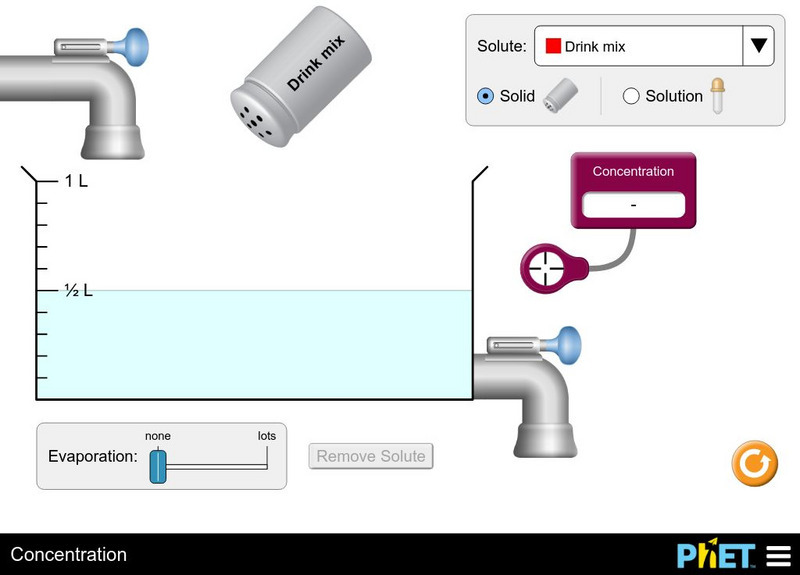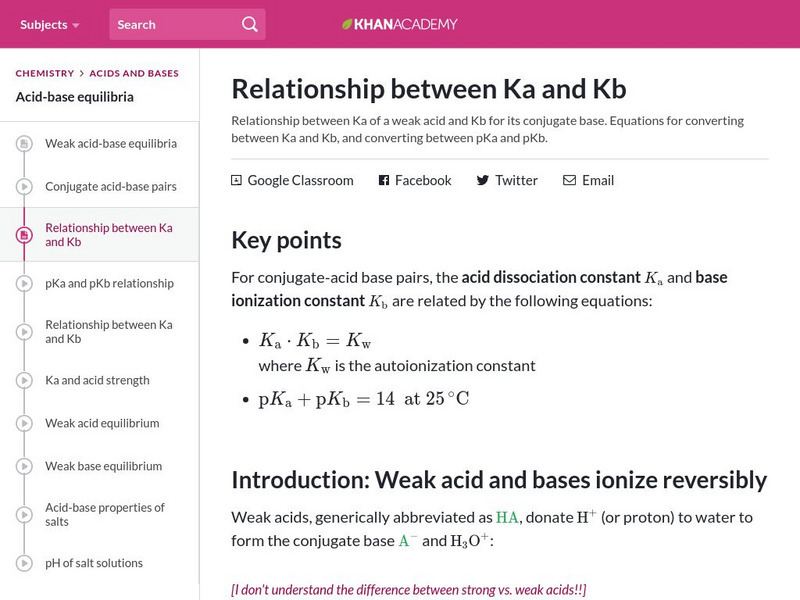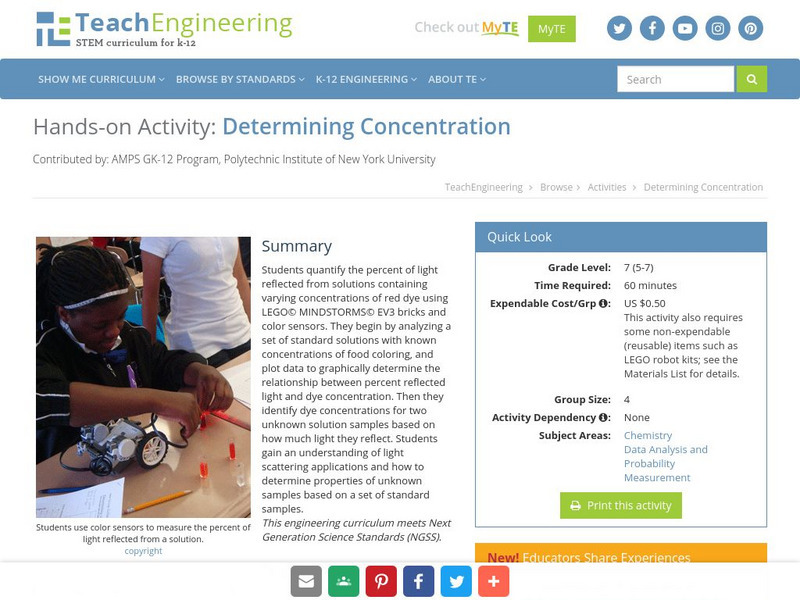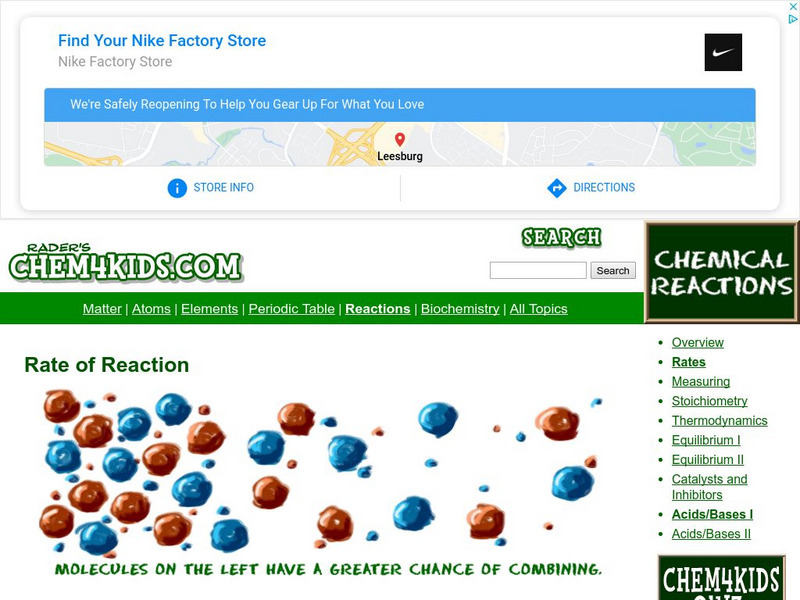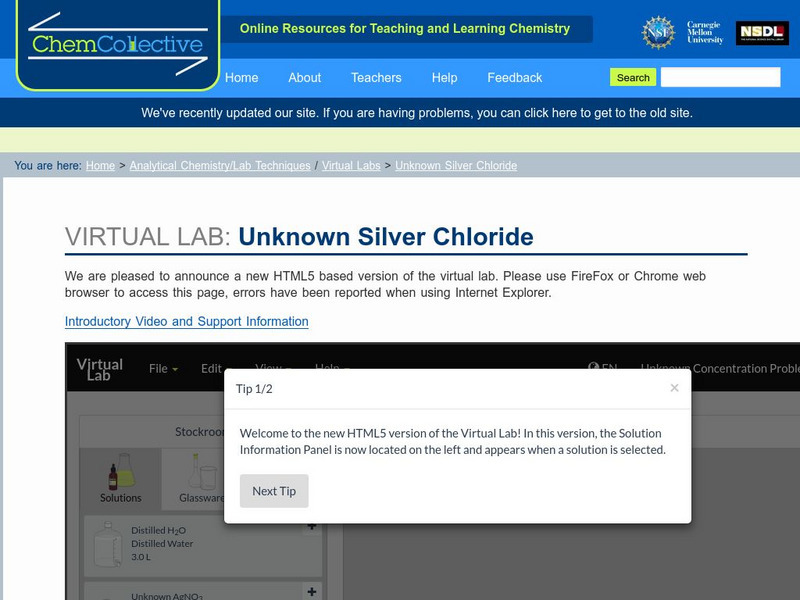Curated OER
Great River Bend Adventure
Students use their imagination. They discuss the 4 C's of teamwork: Concentration, Communications, Coomperation, and Consideration. Students discuss the safety guidelines of the project. They complete a rope maze. The group walks...
Curated OER
Parts Per Million
Young scholars perform serial dilution of food coloring experiment with partner, examine concentration levels, and differentiate parts per million (PPM) and parts per billion (PPB). Students complete pre-lab and post-lab questions and...
Curated OER
Picture Your Numbers with
Students create pairs of cards with numbers and pictures. Encourage students to use a different color to represent each number/picture pair; this help them with visual association in the "Concentration" game.
Curated OER
Prefix-Suffix Concentration
Learners correctly match prefixes or suffixes with their appropriate meaning. Prefix-Suffix Concentration is a game that allow students to practice and review prefixes and suffixes and their meaning.
Georgia Department of Education
Ga Virtual Learning: Chemistry: Solutions
In this module, students study solutions; how they are formed, how to calculate concentration of solutions, and what the colligative properties of solutions are.
Georgia Department of Education
Ga Virtual Learning: Chemistry: Acids, Bases, and Salts
An interactive module where students build upon the discussion of solutions, but specifically concentrate on special types of solutions, acids and bases.
PBS
Pbs Learning Media: Atmospheric Oxygen
In this feature, adapted from Interactive NOVA: Earth, students explore the relationship between oxygen concentration and the well-being of various organisms by simulating a change in oxygen levels and observing what happens.
University of Washington
University Washington: Memory and Learning for Kids
This University of Washington site includes interactive java-based games to test your memory. There are also lots of in-class activities for testing concentration and memory.
American Chemical Society
Middle School Chemistry: Neutralizing Acids and Bases
Students will use citric acid and sodium carbonate solutions to see that adding a base to an acidic solution makes the solution less acidic. Students will then use a base to help them identify which of two acidic solutions is more...
University of Colorado
University of Colorado: Ph Et Interactive Simulations: Molarity
What determines the concentration of a solution? Learn about the relationships between moles, liters, and molarity by adjusting the amount of solute and solution volume. Change solutes to compare different chemical compounds in water.
University of Colorado
University of Colorado: Ph Et Interactive Simulations: Beer's Law Lab
An interactive simulation that teaches about Beer's Law, solutions, concentration, spectrophotometry, and more through observations to explore how much light is absorbed and transmitted with changes in thickness and color. This...
CK-12 Foundation
Ck 12: Solubility Equilibrium
[Free Registration/Login may be required to access all resource tools.] Students write the solubility product constant expressions for nearly insoluble ionic compounds and perform calculations for compounds and solubility.
CK-12 Foundation
Ck 12: Acid and Base Strength
[Free Registration/Login may be required to access all resource tools.] Help distinguish between degrees of dissociation for strong and weak acids and bases, and then define pH and use the hydrogen or hydroxide ion concentrations to...
University of Colorado
University of Colorado: Ph Et Interactive Simulations: Concentration
Watch your solution change color as you mix chemicals with water. Then check molarity with the concentration meter. What are all the ways you can change the concentration of your solution? Switch solutes to compare different chemicals...
Khan Academy
Khan Academy: Relationship Between Ka and Kb
Learn about the relationship between Ka of a weak acid and Kb for its conjugate base. Practice equations for converting between Ka and Kb, and converting between pKa and pKb.
TeachEngineering
Teach Engineering: Simple Coulter Counter
Students build and use a very basic Coulter electric sensing zone particle counter to count an unknown number of particles in a sample of "paint" to determine if enough particles per ml of paint exist to meet a quality standard. In a lab...
TeachEngineering
Teach Engineering: Determining Concentration
Students quantify the percent of light reflected from solutions containing varying concentrations of red dye using LEGO MINDSTORMS NXT bricks and light sensors. They begin by analyzing a set of standard solutions with known...
TeachEngineering
Teach Engineering: Concentrate This! Sugar or Salt
Students investigate the property dependence between concentrations and boiling point. First, they investigate the boiling point of various liquid solutions. Then they analyze data collected from the entire class to generate two boiling...
TeachEngineering
Teach Engineering: Concentrate This! Sugar or Salt
Students investigate the property dependence between concentrations and boiling point. In Section 1, students first investigate the boiling point of various liquid solutions. In Section 2 they analyze data collected from the entire class...
Chem4kids
Chem4 Kids: Reaction Rates
This Chem4Kids.com site explores the rate of reactions. Content focuses on forces that change the speed of reactions, and measuring rates.
Chemistry Collective
Chem Collective: Unknown Silver Chloride
Determine the concentration of silver ion in a Silver Nitrate solution using gravimetric analysis.
University of Colorado
University of Colorado: Ph Et Interactive Simulations: Reactions & Rates
Explore what makes a reaction happen by colliding atoms and molecules. Design experiments with different reactions, concentrations, and temperatures. When are reactions reversible? What affects the rate of a reaction?
Khan Academy
Khan Academy: Bronsted Lowry Acid Base Theory
Understand the definition of Bronsted-Lowry acids and bases, strong and weak acids and bases, and how to identify conjugate acid-base pairs.
CK-12 Foundation
Ck 12: Le Chatelier's Principle
[Free Registration/Login may be required to access all resource tools.] Students explain the factors that stress a system at equilibrium and use Le Chatelier's principle to predict how the system will respond to each stress. They will...













